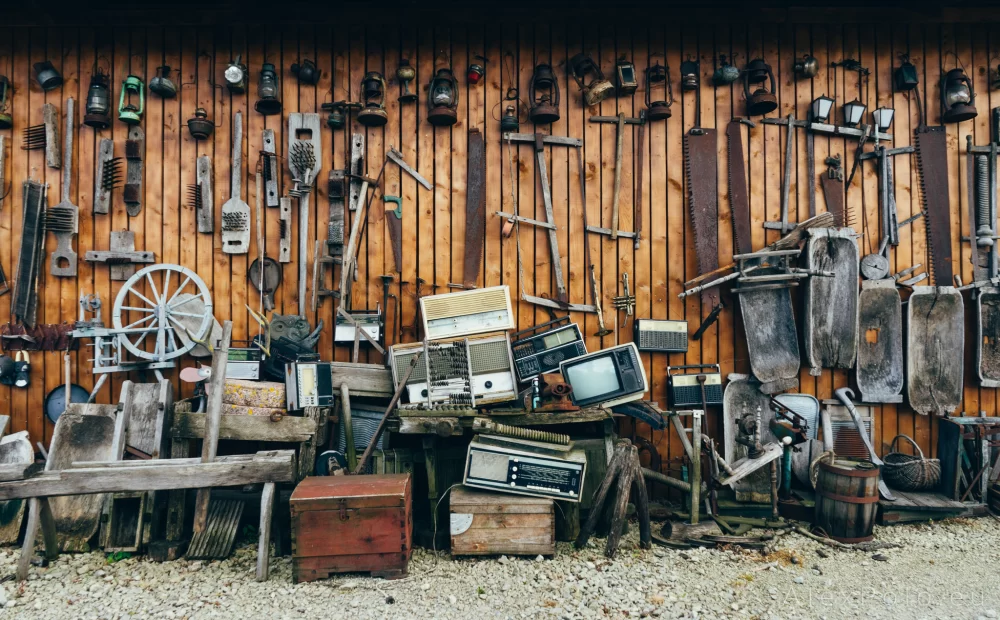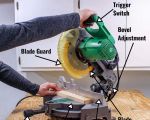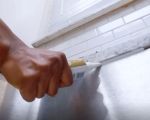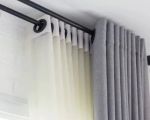The Essential Guide to Removing Rust from Metal Surfaces
Rust can be a nightmare for any metal surface. Whether it's your beloved bike, old car, or tools that you’ve left out in the rain, rust can compromise the quality and appearance of your items. As someone who enjoys keeping things pristine, I’ve tried several tools and methods for rust removal. In this guide, I’ll walk you through the best tools for removing rust from metal surfaces and share my personal experiences with each one. Let’s dive in!
Why Does Rust Form on Metal Surfaces?
Before we talk about the best tools, it's essential to understand why rust forms. Rust occurs when metal reacts with water and oxygen in the air, causing an oxidation process. This leads to the familiar reddish-brown flaky substance that we call rust. It can weaken the metal, make it unsightly, and eventually damage your possessions if left untreated.
Types of Tools for Removing Rust from Metal
When it comes to rust removal, there are several options available depending on the level of rust and the type of metal. Each tool has its benefits and drawbacks, but all are capable of helping you get your metal surfaces back to their original condition.
1. Wire Brushes
Wire brushes are one of the most straightforward and effective tools for light rust removal. The bristles of the brush scrape away the surface layer of rust, leaving behind cleaner metal. I’ve used wire brushes on smaller surfaces like garden tools and kitchen appliances. It’s a manual process, so it requires a bit of elbow grease, but it’s great for delicate items and smaller rust spots.
2. Sandblasters
If you’re dealing with heavy rust on larger surfaces, a sandblaster may be the tool for you. Sandblasting involves using abrasive material, like sand or glass beads, to blast away the rust. It’s perfect for larger metal objects like vehicles or big machines. I’ve used sandblasting to clean an old car frame, and the results were impressive. However, it can be messy, so make sure to wear protective gear and use it in a well-ventilated area.
3. Rust Remover Sprays and Gels
Sometimes, the easiest way to deal with rust is by using a chemical solution. Rust remover sprays and gels are available in various brands, and they work by dissolving the rust from the metal surface. One of my favorites is a gel-based rust remover, which I applied on a set of tools. It was easy to apply and didn’t make much of a mess. The gel clings to the rust, giving it time to work its magic before wiping it off.
4. Angle Grinders
For large projects or surfaces with severe rusting, an angle grinder with a wire cup brush attachment is an excellent choice. This tool is powerful, and I’ve used it on larger metal surfaces like patio furniture and old gates. However, it's important to be cautious since the grinder can be too aggressive, sometimes damaging the metal if not used correctly. It’s perfect for rust removal in larger areas, but always be sure to wear protective gloves, goggles, and a mask when using it.
5. Power Sanders
If you want a smoother finish on your metal surface, a power sander might be the way to go. Sanders with the appropriate sandpaper can remove rust and provide a clean, polished look. When I worked on my outdoor metal furniture, using a power sander allowed me to not only remove the rust but also prepare the surface for painting. The only downside is that it may not work well on very thick layers of rust.
6. Electrolysis Method
Electrolysis is an interesting and environmentally friendly method of rust removal. By using a bath of water and washing soda, you can create a solution that uses electricity to remove rust from metal items. I’ve tried this method on old rusted tools, and while it requires some setup, it works wonders without causing damage to the metal. This method is ideal for intricate objects like small antique items or collectible tools.
Additional Tips for Effective Rust Removal
While tools play a critical role in rust removal, using them correctly is key. Here are some additional tips for effective rust removal:
1. Patience is Key
Don’t rush the process, especially if you’re using chemical rust removers or sandblasting. Allow enough time for the product to work and avoid using excessive force to prevent damaging the surface. For example, when I used a wire brush on an antique bike frame, it took me time to gently remove the rust, ensuring the metal wasn’t scratched or dented.
2. Protect the Metal After Cleaning
After removing rust, always protect the metal to prevent it from rusting again. I typically apply a coat of rust-resistant primer or spray paint, depending on the object. This simple step will save you time and effort in the future.
3. Regular Maintenance
Regular maintenance can keep rust at bay. I try to clean my tools and metal objects regularly to remove moisture that can lead to rust. Keeping metal surfaces dry and applying oil or protective coating will also help maintain their condition.
Conclusion
Rust can be a nuisance, but with the right tools and techniques, it doesn’t have to be a permanent problem. Whether you’re dealing with small tools or larger projects, there’s a tool for every type of rust removal. My personal favorite tool for removing rust is the chemical rust remover gel, as it’s easy to apply and effective. However, for larger projects, an angle grinder or sandblaster can be a lifesaver. The key is to choose the right tool for the job, use it properly, and maintain the metal to prevent rust from coming back.
For more tools and expert advice on rust removal, check out our website at ToolNest where we offer high-quality products for every rust removal task.









